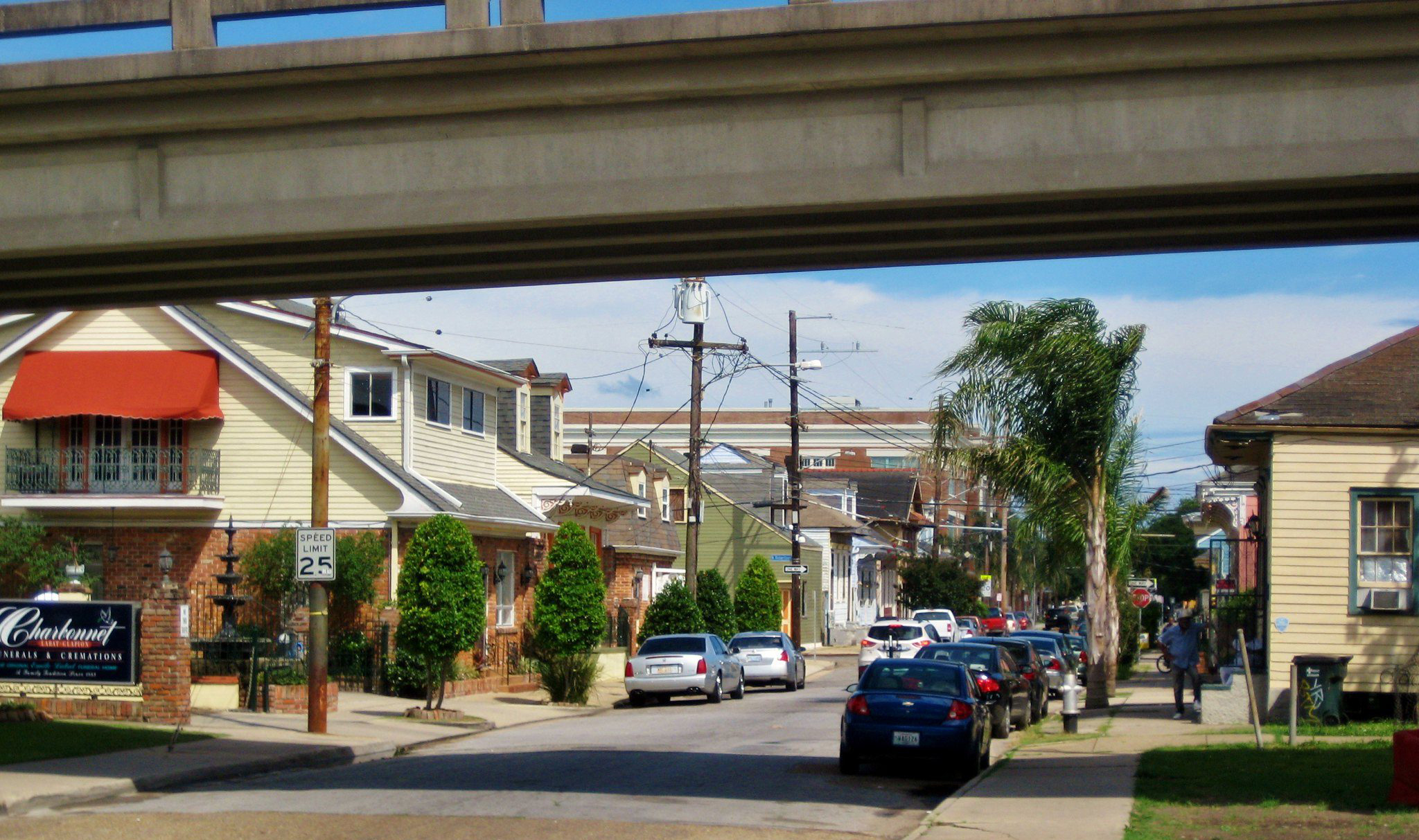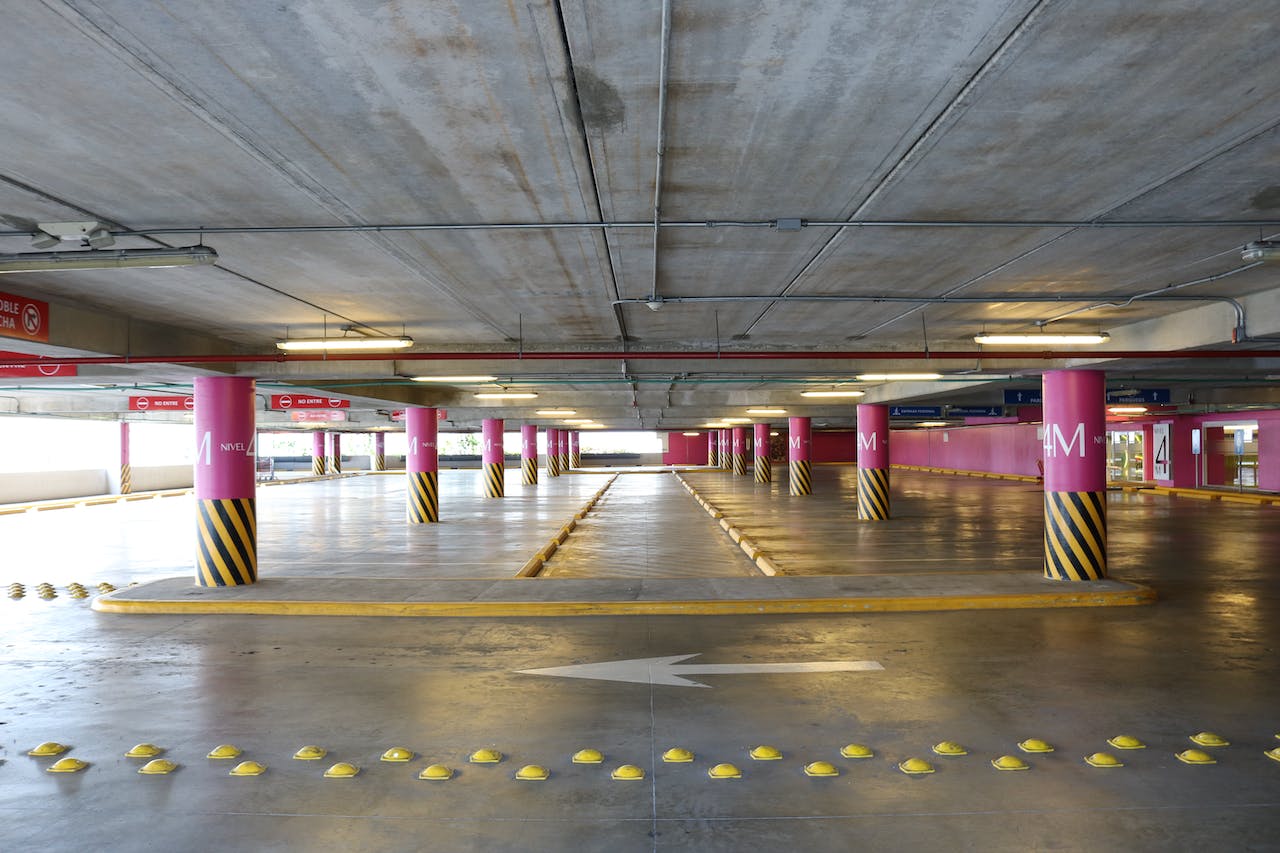The Canadian federal government has announced a potentially transformative new policy that will give its provinces a total of $3.3 billion to build bikeways, walkways, standalone transit projects, and other essential infrastructure during the pandemic — and cutting red tape so communities can access that money now, while COVID-19 is still creating unprecedented mobility barriers for countless residents.
But as some American advocates expressed jealousy of our neighbors to the north, not every Canadian is happy about the seeming windfall for sustainable transportation — and if we want to implement a better and more equitable alternative on U.S. soil, we should pay attention to their concerns.
First, the basics: the new COVID-19 Resilience Stream will allow communities to fast-track shovel-ready active transportation projects (and other eligible projects, like school and hospital retrofits), as long as they cost under $10 million can feasibly be completed by the end of 2021 — with Trudeau's government matching up to 80 to 100 percent of the cost. The tight time limit is designed to get infrastructure built quick, while COVID-19 is still ravaging Canadian cities; remote communities that would struggle to meet that deadline will have until the end of 2022.
That's certainly a stark contrast to the U.S. federal government, which has given cities virtually no dedicated funding for active transportation at a time when countless citizens are still terrified to take transit and our roads are more dangerous than ever thanks to the other pandemic: reckless driving. The most recent COVID-19 relief bill introduced by the Senate, the HEALS act, offered zero dollars to transportation agencies of any kind besides air travel; meanwhile, the INVEST Act, a broader infrastructure bill introduced by Congress that includes a 60-percent increase in funding for people-powered modes, was declared DOA by Senate Majority Leader Mitch McConnell.
But as the international conversation about the equity perils of quick-build projects has revealed, this kind of urgent action is a double-edged sword — and even the innovative Canadian program has skeptics.
Some advocates fear that quickly built infrastructure might end up leaving out some neighborhoods and communities, deepening disparities in access to public space for people with disabilities and others in already disenfranchised groups.
Non-profit Canada Bikes drew particular criticism for its buzzy op-ed that urged Canadians to write to their elected officials to ask them to "build bike lanes as fast as we can" — but neglected to advocate for accommodations that paracyclists and other assistive device users need most.
"They're not advocating for these infrastructure funds to be tied towards accessibility measures, like adequate and functional curb ramps," said Amina Yasin, a prominent advocate, writer, and planner in Vancouver. "And apparently the application is due Oct. 1, so there's no time to do community engagement or build support to identify where this infrastructure is needed — or if alternative infrastructure ... would be better suited."
Other advocates feared that the program could actually divert money away from other sustainable transportation priorities, like transit. That's because the COVID-19 Resilience Stream has a bit of an odd structure: rather than just giving communities a new pot of money outright, it instead allows governments to divert 10 percent of the federal funds they've already been granted under the Investing in Canada Infrastructure program to ready-to-build projects that could make their places more COVID-resilient — and then they'd qualify for a larger federal cost share on those pandemic-specific projects.
That means that, theoretically, a long-term capital project that was planned before the pandemic, like buying a new and sorely needed fleet of busses, could suddenly morph into a new bike lane network project — with little democratic input from constituents who might have preferred the transit improvement they'd originally been promised.
Still, America has an opportunity to learn from Canada's mistakes as we advocate for a federal stimulus for active transportation of our own — which we undoubtedly should. Because if we do it right, we could help put the entire continent on track to create a mobility revolution that gets every North American where she needs to go, while minimizing her exposure to a deadly disease.






